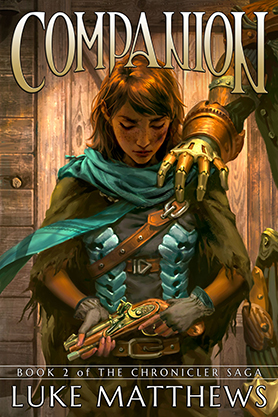
Story by Eric Powell & Tracy Marsh
Art by Phil Hester
Giant monsters have emerged from slumber all across the globe, and threaten to destroy entire cities in their wake. As a new Battra larvae is led into Paris by a pair of psychic twins, Godzilla and Anguirus set themselves on a collision course toward Los Angeles. All the while, we’re told the story of Sergeant Steven Woods, a decorated war hero lost amidst the inane ramblings of a society that has lost sight of what’s truly important.
The entire first half of the book is spent listening to Woods preach about the destruction of values in consumerist America. Using a take off of Jersey Shore (called Jerseyfied, here) as the focal point for the ire of our disenfranchised soldier, the writers spend way too much time beating us about the head and shoulders with various political and moral agendas. In a book about Godzilla and subtitled Kingdom of Monsters, there is surprisingly little monster action.
Unfortunately, once we get to the purportedly epic battle between Godzilla and Anguirus, the artwork somehow fails to capture the sense of scale and awe necessary to depict the destruction of parts of Los Angeles. The fight ends up feeling rather puny, and would be upstaged by a classic guy-in-rubber-suit-stomps-scale-model montage.
The ending of this issue is uniquely disappointing, taking an already whiny character in Woods and stripping him of any redeeming qualities. In a scene that’s built to make us whoop and laugh like the idiots on Jerseyfied, Woods is drained of his humanity and patriotism all in one fell swoop. If Powell and Marsh were purposely attempting to portray a character who has completely missed the point, then they’ve succeeded.
And in both their political “message” and their depictions of monster mayhem, so have they.








